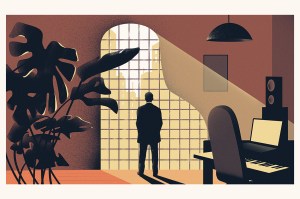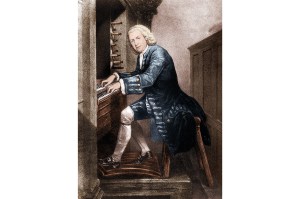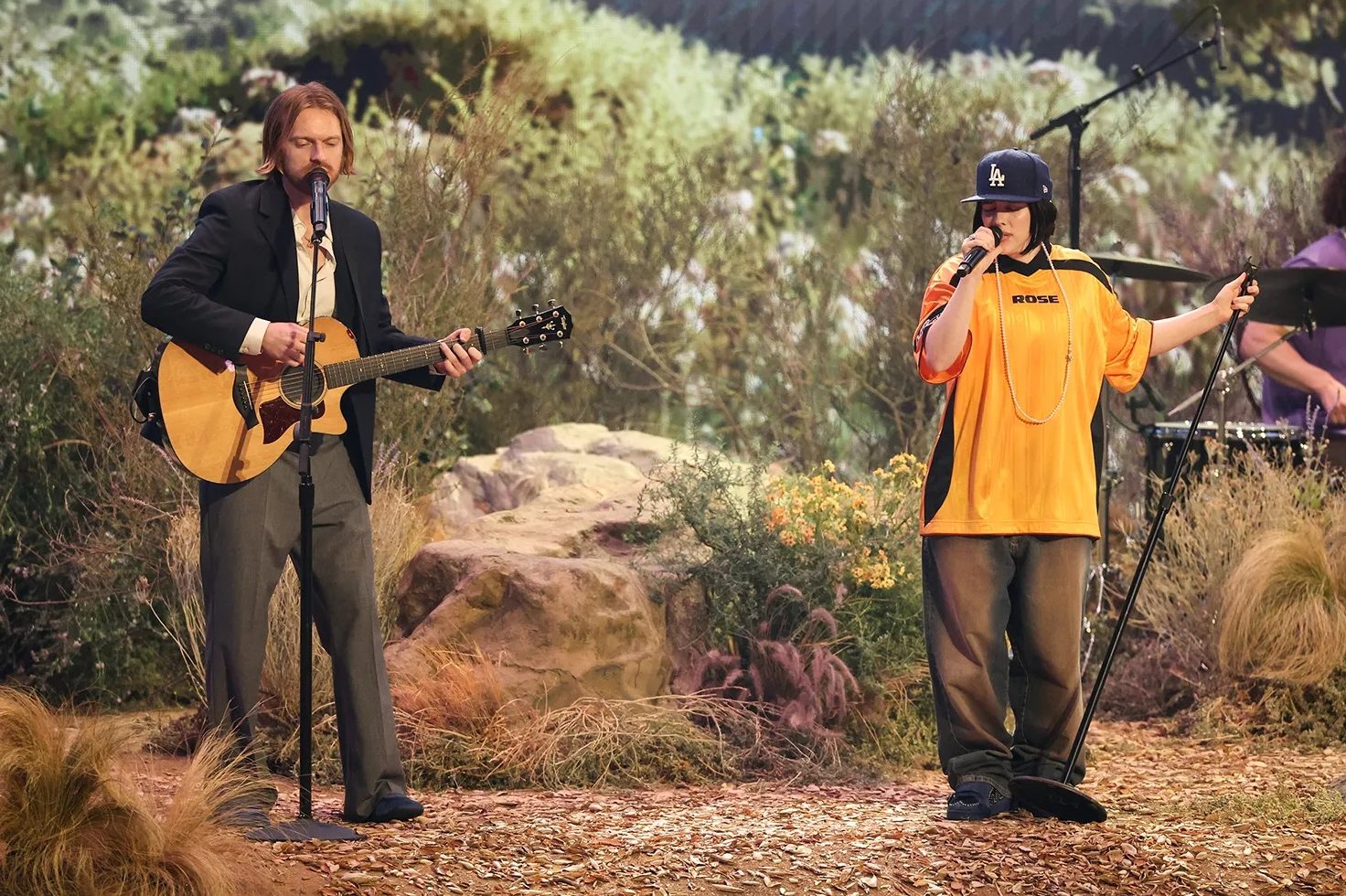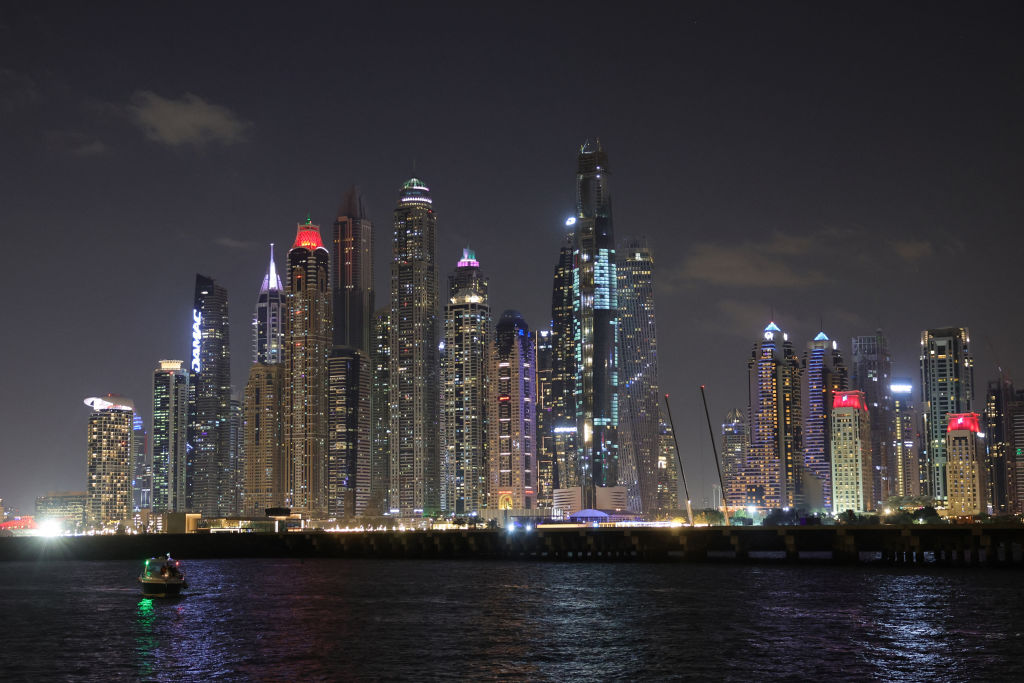Laramie, Wyoming
Nearly all the famous artistic controversies in the aesthetic history of the western world — the Battle of the Ancients and the Moderns in France and the contest between the rococo and neoclassical schools across Europe in the middle of the 18th century; the subsequent rivalry between the Classicists and the Romantics and the contretemps in the late-19th century between the Realists and the Impressionists — are as dead, irrelevant and forgotten today as the wars between the Guelphs and the Ghibellines. The sole exception, so far as I know, is the once bloody and bitter opposition between the Wagnerians and the Italian operatic school, which, though a good deal attenuated, continues to burble on among the critici and appassionati of the operatic world. I was reminded of its longevity when, a year or so ago, I read an essay in The Spectator of London by Michael Tanner claiming that, while Giuseppe Verdi’s centennial in 2014 passed almost unremarked, Wagner’s reputation remains immense. Mr Tanner clearly believes the implied judgment of the relative merits of the two composers to be a solid one.
From the beginning Richard Wagner has been the intellectual operagoer’s Held: the heroic composer who wrote his own libretti, poetic dramas to accompany his musical masterpieces. Nietzsche was his great friend and admirer for years before breaking with the maestro for personal and artistic reasons; Wagner’s music lacked rhythm and melody, he decided, and left him physically ill. And after Nietzsche came Shaw, the author of The Perfect Wagnerite: A Commentary on the Niblung’s Ring (1898), who wrote the pamphlet, he said, ‘for the assistance of those who wish to be introduced to the work on equal terms with that inner circle of adepts…[Its] dramatic moments lie quite outside the consciousness of people whose joys and sorrows are all domestic and personal, and whose religious and political ideas are purely conventional and superstitious.’ Shaw, being Shaw, understood The Ring in Marxist terms, an interpretation that Wagner, who had died 15 years before, was unavailable to protest. Giuseppe Verdi, Wagner’s artistic nemesis, who lived until 1901 and thus had three years in which to claim a similarly exalted interpretation for his own operas, nevertheless failed to do so, thus giving the Perfect Wagnerites an excuse to insist that, by comparison with their man, the composer of Aïda, Otello and Falstaff had been a Piedmontese hurdy-gurdyist.
Though Wagner was no Marxist, he did hold the bourgeoisie in similar contempt — the minority of it that patronized the arts, anyway. Thus he viewed the Italian, French, and popular German composers of his day as vulgar tunesmiths eager to please the Jockey Club in Paris and the cafoni in the provincial opera-houses of Italy. He himself, Wagner determined, would single-handedly lift opera into the musical, philosophical and even religious stratosphere. This ambition, however, involved a confusion of critical terms.
Wagner himself denied that he wrote ‘opera’ at all — not, at least, as hoi polloi understood the word. Searching around for a term adequately to describe his own compositions he came up with Gesamtkunstwerk, or ‘total art work’. It took him a while fully to realize the new form — in later life he deplored his own first opera, Rienzi, written in the style of Meyerbeer and Spontini, as ‘all that noise’ — and he wrote a series of operas more or less in the grand tradition (Der Fliegende Holländer; Lohengrin; Tannhäuser) before becoming his own Perfect Wagnerite with the composition of Die Meistersinger, Tristan und Isolde and Der Ring des Niebelüngen.
There is indeed greatness in much of Wagner’s music. Pace Herr Nietzsche, he could write rhythm and, when the mood was on him, melody. Think of Walther’s Prize Song in Meistersinger, of Lohengrin’s aria ‘In fernem Land’ or Brünnhilde’s and Siegfried’s duet, ‘Heil dir, Sonne!’ at the conclusion of Siegfried. Still, there is much in Wagner’s work, including the Ring, that is as noisy, overloud, vulgar and ‘bourgeois’ as anything in the Italian and French repertoires, combined with a degree of artistic inflation and intellectual pretension that is foreign to both of them.
Before Wagner, opera was the humanly warmest of the musical arts. Language is the basic expression of the intellectual part of the human intellect, music of its emotional one. The combination of the two in song, where the human voice is the dominant instrument employed by the mind and the emotions, is thus the most direct of the musical media. Italian opera in particular has demonstrated the fact for the past three centuries. Richard Wagner, who thought this warmth and directness intolerably vulgar, spent his career trying to realize the Wagnerian ideal by supplying his operas with pseudo-philosophical texts, by creating heroic, indeed superhuman, characters to sing them, and by subordinating the individual voice to enormous orchestras by reducing it to one — or several — among a hundred-odd instruments.
Alan Held, a first-rate Wagnerian baritone, has described the ease with which the singer’s voice can float on the orchestral texture Wagner created around and beneath it. An hour spent with the score of Parsifal is sufficient to see what he meant. Parsifal has much beauty, but it is a cold and restrained beauty effected by the composer’s deliberate minimalization of the melodic line, allowing it full development only at carefully chosen moments and often when the chorus holds the stage. The vocal pyrotechnics of the bel canto and coloratura styles of composition, for which 19th-century Italian opera and the oratorio (ecclesiastical opera) of earlier periods are famous, are absent from Wagner’s later operas.
Maria Callas claimed that one Norma was more strenuous for her vocally than several Tristans. I suspect it was more artistically (and perhaps even physically) rewarding as well. I imagine Mme Callas might equally have cited Donizetti’s Anna Bolena, whose concluding scene thrillingly and perfectly exemplifies the unique genius of the operatic art, as Bolyn’s tender and quiet ‘O dolce guidami, castel natio’ is succeeded by her explosively defiant ‘Coppia iniqua!’ as she denounces Henry VIII and Lady Jane Seymour before turning away toward the axman.
Wagner never quite matched such operatic heights; nor was he capable of (or concerned with) the plain humanity, emotional simplicity and pathos in Act II of Verdi’s La Traviata, where Alfredo’s father, a sober gentleman from Provence, pleads with the courtesan Violetta to dismiss her lover so that his two daughters can make good marriages unshadowed by scandal. Again, I can think of nothing in Wagner’s oeuvre as uniquely and perfectly operatic as this scene. All of Verdi’s most egregious oompah music — as written, for example, for the party scene in Traviata’s first act — is forever excused and canceled by the man’s dominating Italianate genius.
This article was originally published in The Spectator’s December 2020 US edition.

























